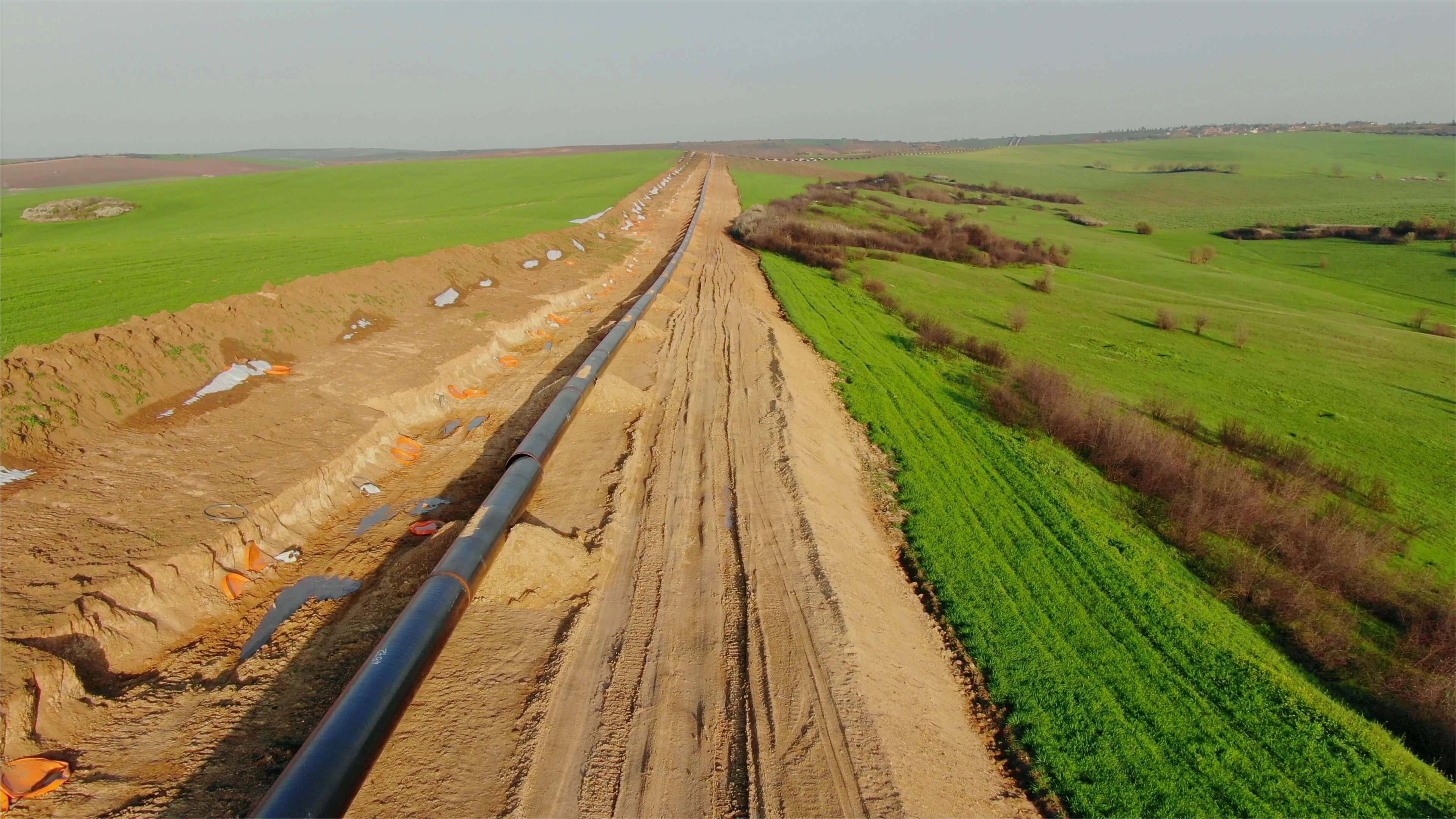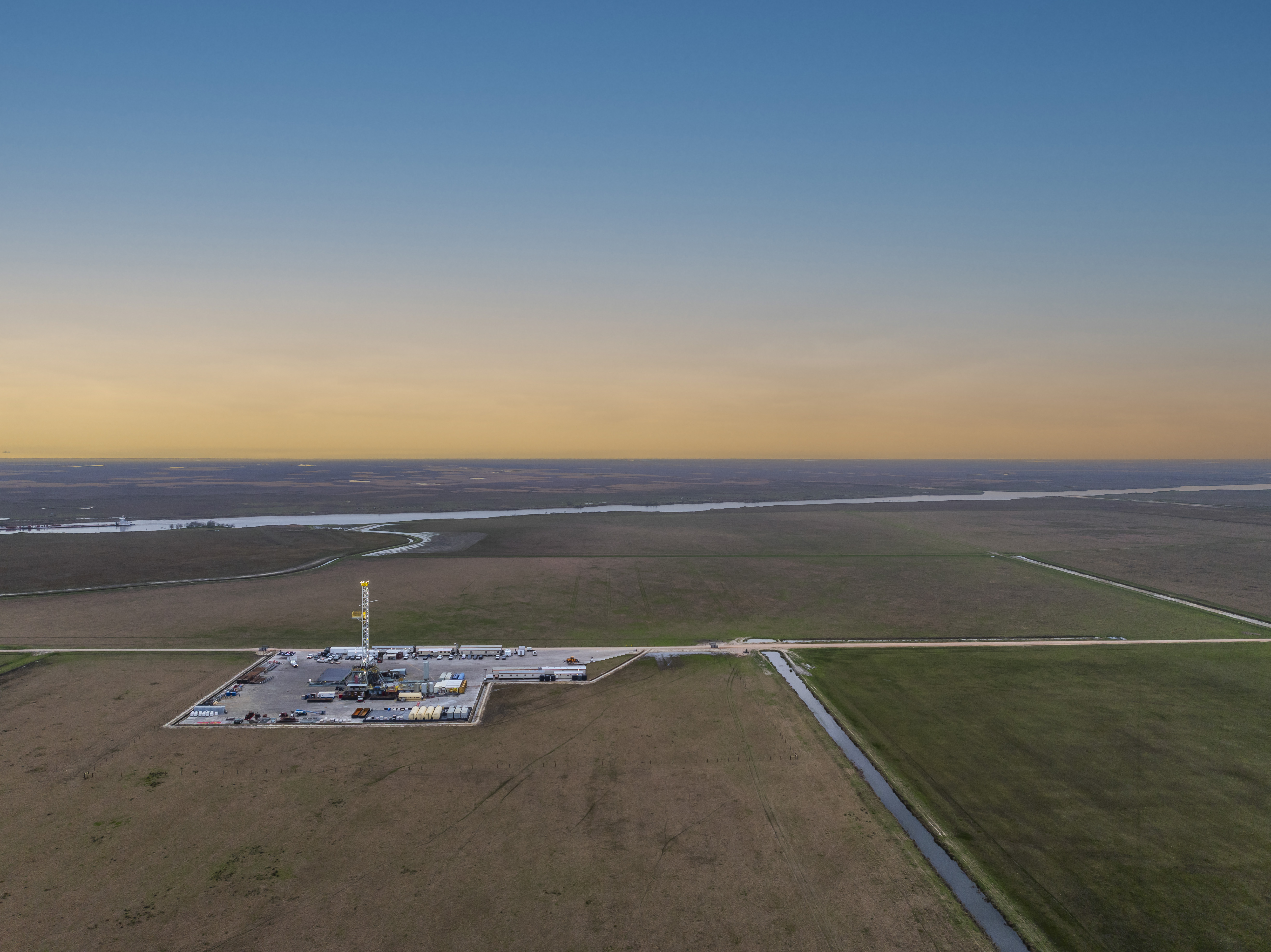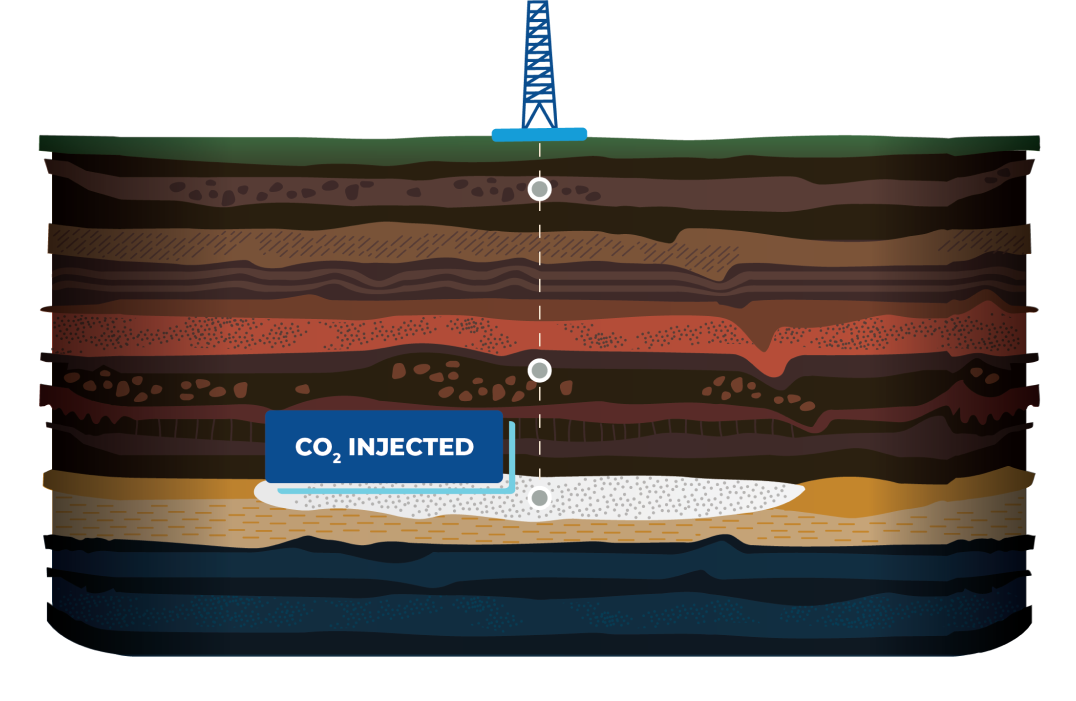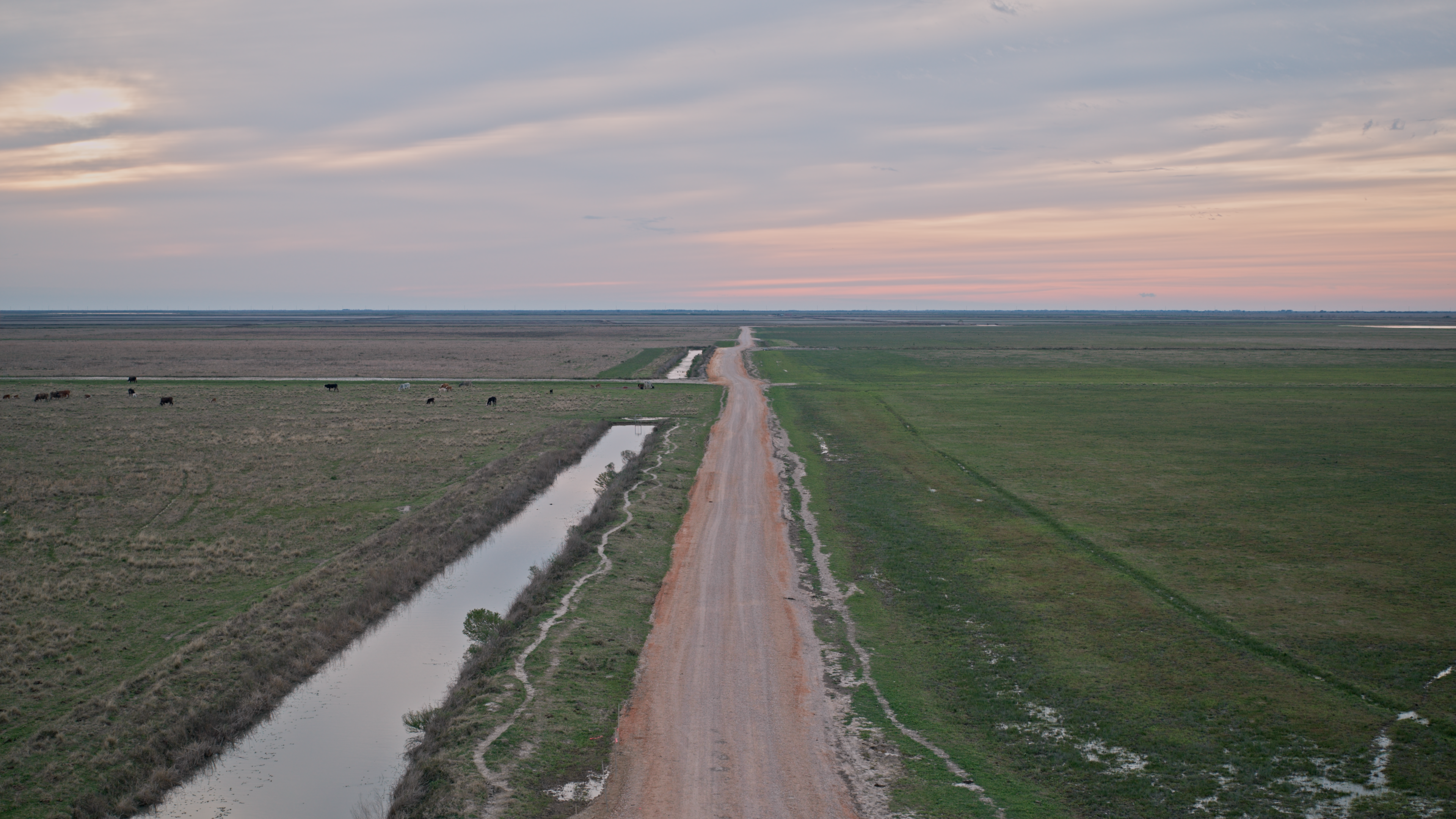CO₂ transportation and storage – a solution that has been deployed around the world
Bayou Bend is advancing carbon dioxide transportation and storage along the Texas Gulf Coast, using technology and collaboration

Helping to lower carbon intensity safely and efficiently
Used throughout the world, CO₂ storage is a technology that can help lower carbon intensity.

Large scale CO2 injection has been taking place for decades. According to the Global CCS Institute, there are 7 CO2 transport and/or storage projects under construction and over 200 are in feasibility or engineering studies. These transport and storage projects are helping pave the way for growth in capture capacity with over 70 capture facilities in operation or construction across a wide variety of industries.
Geological Storage
To store CO₂, a storage operator carefully selects a site within rock formations thousands of feet underground.

During the site selection process, extensive analysis is conducted to determine if the geology is suitable for CO₂ storage. This process uses a variety of subsurface tools, including seismic imaging, to help define the boundaries and integrity of the CO₂ storage space.
Sites are chosen only if they have a geological formation that acts as a seal to contain the CO₂ permanently.
CO₂ can be stored permanently (sequestered) underground in a formation that has the right properties including sufficient area, thickness, porosity, and permeability to receive carbon dioxide through an injection well.
Once the CO₂ is captured and stored thousands of feet below the surface, it is monitored.
Under various third-party scenarios, CCUS is a pathway for meeting the net zero ambitions of the Paris Agreement.
The IPCC’s 1.5 °C report finds it is not possible to achieve net zero emissions by 2050 without scaled deployment of carbon dioxide removal technologies like CCUS.




